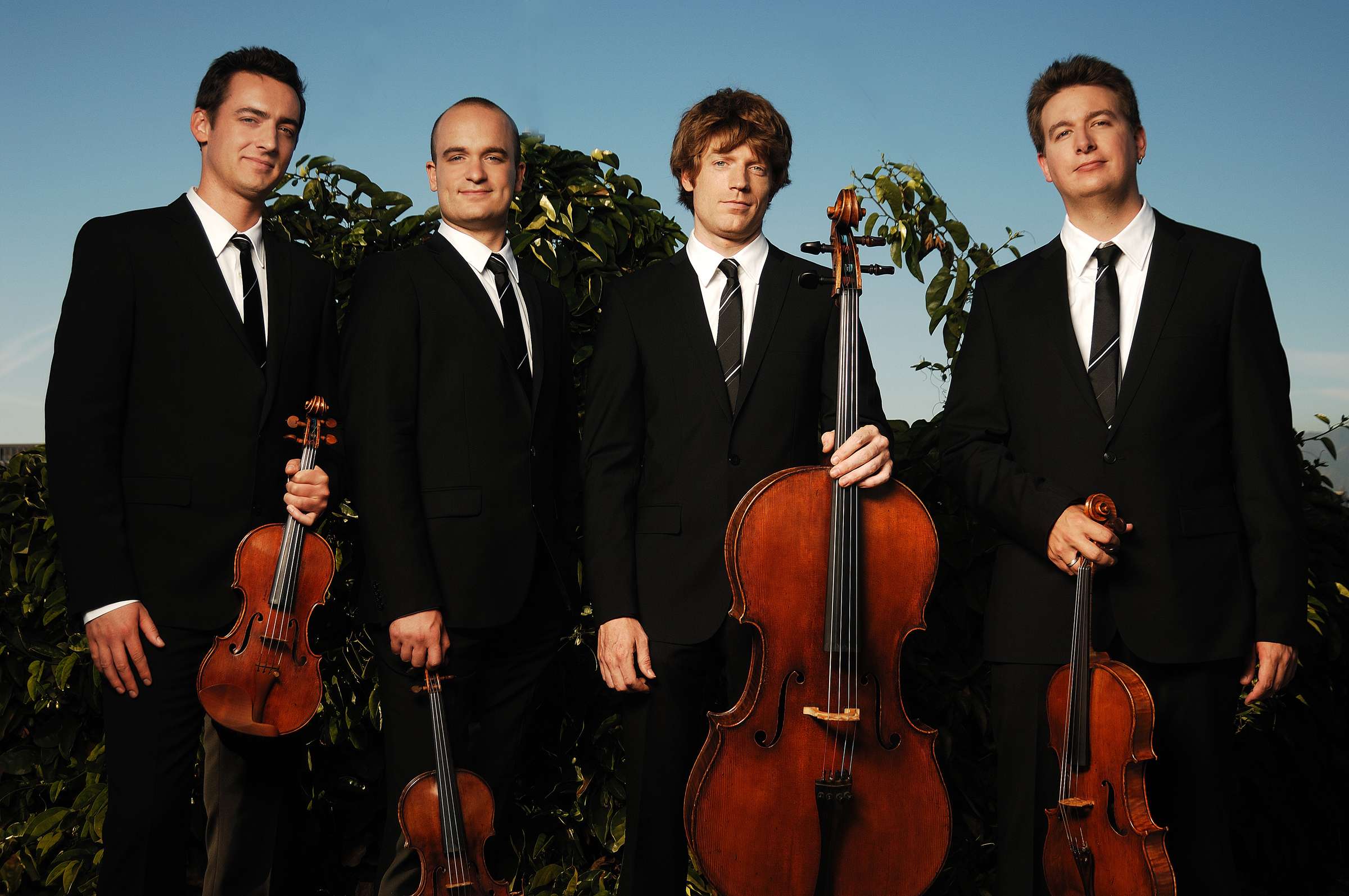|
Back
The Joy of Excess New York
Zankel Hall, Carnegie Hall
04/15/2011 -
Christopher Rouse: Ku-Ka-Ilimoku – Rotae Passionis – String Quartet No. 3 (NY Premiere) – Compline
Eric Byers (Cello), Tara Helen O’Connor (Flute), Todd Palmer (Clarinet), Bridget Kibbey (Harp) Molly Morkoski (Piano), James Michael Deitz, John Ostrowski, David Skidmore, Jared Solchiviero (Percussion), Calder Quartet: Ben Jacobson, Andrew Bulbrook (Violins), Jonathan Moerschel (Viola), Jeffrey Milarsky (Conductor), Jeremy Geffen (Series Moderator), Commentary by Christopher Rouse

C. Rouse (© Jeffrey Herman)
While le tout New York pushed and shoved and prayed for extra tickets, the elite gathering inside Carnegie Hall to hear Otello, an alternative convocation gathered in Zankel Hall. Granted, the combination of Muti, Shakespeare, Boito, the Chicago Symphony and Verdi are not to be sneezed at. But at the end of Otello, everybody dies.
And Christopher Rouse, who was celebrated last night in Zankel Hall, is very much alive.
With an admitted adoration of Hector Berlioz, Christopher Rouse rightly has made a name in American letters with his orchestral music. But last night was a tribute to Mr. Rouse’s chamber music, as well as the introduction to the first chamber piece had written in a decade.
He was there to enjoy the celebration, and his conversations with Jeremy Geffen, while hardly as interesting as his music, did shed light on music which needs little extraneous radiance.
The word “interesting”. can be pejorative. Christopher Rouse, though, takes the most interesting unexpected paths and hidden lanes to reach his destination. Modestly, he affirms thinking of the audience when he composes, and usually composes on commission. But the truth is that when he comes to a fork in the road, he will always take the path less traveled.
This can be confusing. Mr. Rouse has no dogma or doctrine. He may quote from another composer, not in parody but because it sounds good. Nothing that ht writes is anything less than extremely difficult for the performer, but the open-eared audience finds it simple to appreciate the thrill of the new. Much of what Mr. Rouse writes is based on religion, but he admits to being “observational rather than participatory.”
In fact, two “secular” religious works were here. One literally gave pictures of the last hours of Jesus, the Stations of the Cross from the agony in the garden. Nor did Mr. Rouse stint on the “agony”. The opening of Rotae Passionis, drawing inspiration from the Crucifixion pictures of the Renaissance, begins with the “agony” in the Garden. And what agony it is! Nothing is subtle about this very human agony (in Mr. Rouse’s words). The kettledrums bouncing away in the loudest measures, virtually nothing else playing shows a Jesus who is anything but complacent doing his Father’s work.
The 14 Stations of the Cross, all listed graphically, may have their pictures here, but what we have are agonizing, scurrying, whizzing combinations of high winds and string, all running in perhaps a telescoped version of that day before Easter until Death and the placing in the tomb.
For the final movement, Mr. Rouse surprises us. Not with the resurrection, “He sleeps”, where, for the first time, the piano plays, and we hear solace. Not the solace of Christ rising, but of freedom from the agony.
It is a stunning movement.
Equally stunning was Compline, based on the last prayer of the Roman Catholic Divine Office. Mr. Rouse spoke of his attention to death in his earlier works, but how, here, he had faced the death of friends and relatives in the first three sections...
Scored like Ravel’s Introduction and Allegro for flute, clarinet, harp and string quartet, Compline is almost orchestral in its fast-slow-fast-slow sections, an interplay, a drive, an energy of contrasts, of Impressionist sonorities.
But Christopher Rouse always surprises. At the end, we have, not the virtuosic interplay, but a radiance of extended chords, of moving shadows with the nuances of unmistakable luminosity.
Along with the first work, for percussion (a graduate student work, very jazzy, rocking, fun), these pieces were fairly old. With the New York premiere of his Third String Quartet, Mr. Rouse’s genius came to the fore.

The Calder Quartet (© Calder Quartet)
The composer had remarked that the Third String Quartet is “my most challenging and uncompromising work to date.” It is no coincidence that it was partly commissioned by, and played by the Calder String Quartet, which has played such an important role n his life. And the word “challenging” is an understatement.
Earlier, Mr. Rouse had said, “Anything worth doing is worth doing in excess”, and this is an excessively arduous work. All four players have to play exactly in syinc with quasar-fast glissandi (endless fast, s-l-o-w, rubbing up and down the strings), quintuplet runs, triple-stops, and dynamic changes which jolt both players and audiences
Two moments stood out. One at the end, where the players finally stop playing together (Mr. Rouse says they are ‘exasperated”) and play their own stuff. The second comes near the beginning of the 20-minute work, where the strings seem to play lines from Schubert or Haydn, but disjointedly, as if each player is hopelessly attempting to get back to an earlier age, before surrendering to the inevitability of Mr. Rouse’s fireworks
The Calder String Quartet didn’t simply perform, they ascended the music like Venus from the waves, Not until later does one realize that its dazzlement is more fiery than profound. But that little matters. This work is the image of a composer who is not only unclassifiable, but like his idol Berlioz, inimitably unpredictable.
Harry Rolnick
|